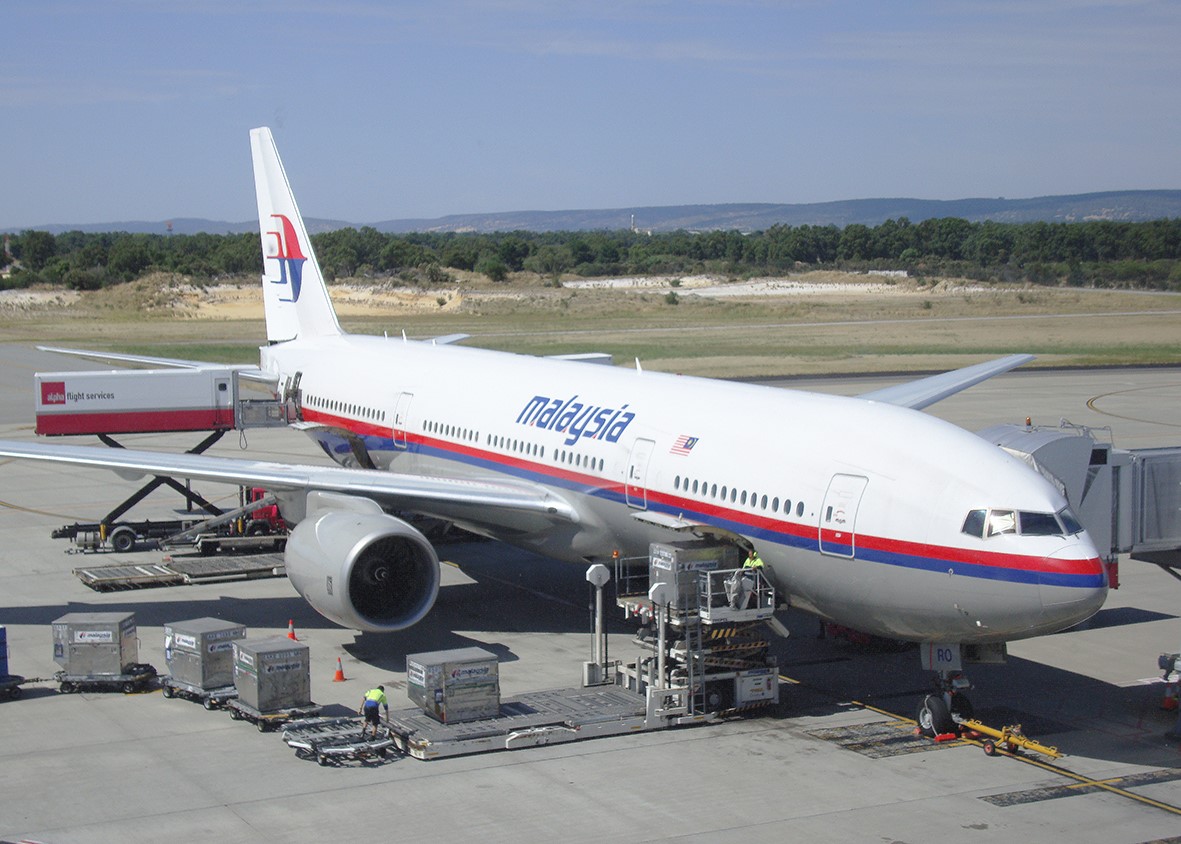MH370 new report electrifies the science community and gives hope to the relatives.
09 May, 2021
4 min read
Airline News

Geoffrey Thomas
By joining our newsletter, you agree to our Privacy Policy


The new report from aerospace engineer Richard Godfrey into the tracking of MH370 using a new tool to interpret Weak Single Propagation passive HF detection has both electrified the science community but also, as would be expected, raised some questions.
Yesterday answering some critics Richard Godfrey said “I would no longer characterize the track in the new paper as speculative but a working hypothesis. The MH370 flight path I have proposed is a hypothesis supported by a body of evidence in the form of a large number of position and progress indicators.
“The working hypothesis will remain valid until someone proves it wrong by presenting evidence that this flight path was not followed. One possibility would be the publication of raw radar data for example.”
Mr. Godfreys’ latest paper builds on work done by Dr. Robert Westphal who holds a doctorate in engineering from one of the foremost technical universities in Germany. Dr. Westphal has worked on radar systems, is a patent holder, and a top-ranking member of the WSPR amateur radio community (KB9AMG rankings).
In 2021 he presented at the international amateur radio scientific workshop HamSCI 2021 on “Geocaching in the Ionosphere”.
Dr. Westphal wrote, “in mid-July 2020 I started working on WSPR passive HF detection as MH370 was still missing and current technology did not do much help to find it.”
“In November 2020 I detected and tracked flight Qantas QF114 from JNB to PER with nice WSPR signals. I posted my experience and got beaten up as usual.”
“People praise invention and innovation as long as it is not within their own zone of comfort and does not hurt their business. But disruptive technologies will do that.
“Richard Godfrey was the only one who listened and gave it a try. I totally support him with regard to WSPR detection and mostly tracking. With regard to tracking, he is more optimistic than I am, but you have to be optimistic on unknown ground.”
READ: Qatar excels at COVID-19 safety and flexibility
Another supporting HF radio technology as an aircraft detection tool is Ari Joki from the Finnish Defence Forces' Logistics Command, Air Force Systems Division who in a NATO unclassified paper together with the Lappeenranta University of Technology found that it was possible to track an aircraft from Saudi Arabia to Finland.
In simple language, Mr. Joki and Piotr Ptak proposed in 2016 a global air traffic monitoring system based on the existing worldwide network of radio amateurs and DX (long distance) listener resources.
The radio physics is essentially the same as listening to an express train sounding its horn when passing through a station with the seesaw change in frequency due to the Doppler effect. (You can tell the speed of the train and when it is coming towards you and when it is going away from you.)
But there are detractors and Mr. Godfrey has collated all the comments both positive and negative and these can be found here.
One detractor is John Moore (call sign VK2IJM) an experienced radio amateur and WSPR expert who says “Of course we also know that this mode of propagation doesn’t work on HF, even over short distances due to the well-understood relationship between the aircraft surface area versus wavelength. Short of a really big and reflective UFO over the Indian ocean, the WSPR theory falls well short IMO.”
Other analysts believe that WSPR technology may be helpful but that the approach taken by Richard Godfrey is wrong. Ed Anderson, a well-known and respected MH370 analyst, says “As an old ham I believe there is a fundamental flaw here, not in the WSPR approach to finding MH370, but a misinterpretation of the WSPR data by the author of the paper. Richard Godfrey has extrapolated from research by Dr. Robert Westphal who was validating and verifying the WSPR method for finding MH370 by matching up Antarctic flights with ADS-B flight tracking."
But overall, the scientific community is excited as it appears the technology and its interpretation holds promise and that is the key that Richard Godfrey appears to have unlocked – the interpretation.
And that interpretation may lead to a more precise MH370 wreckage location and thus a new search bringing closure to relatives.
Get the latest news and updates straight to your inbox
No spam, no hassle, no fuss, just airline news direct to you.
By joining our newsletter, you agree to our Privacy Policy
Find us on social media
Comments
No comments yet, be the first to write one.

